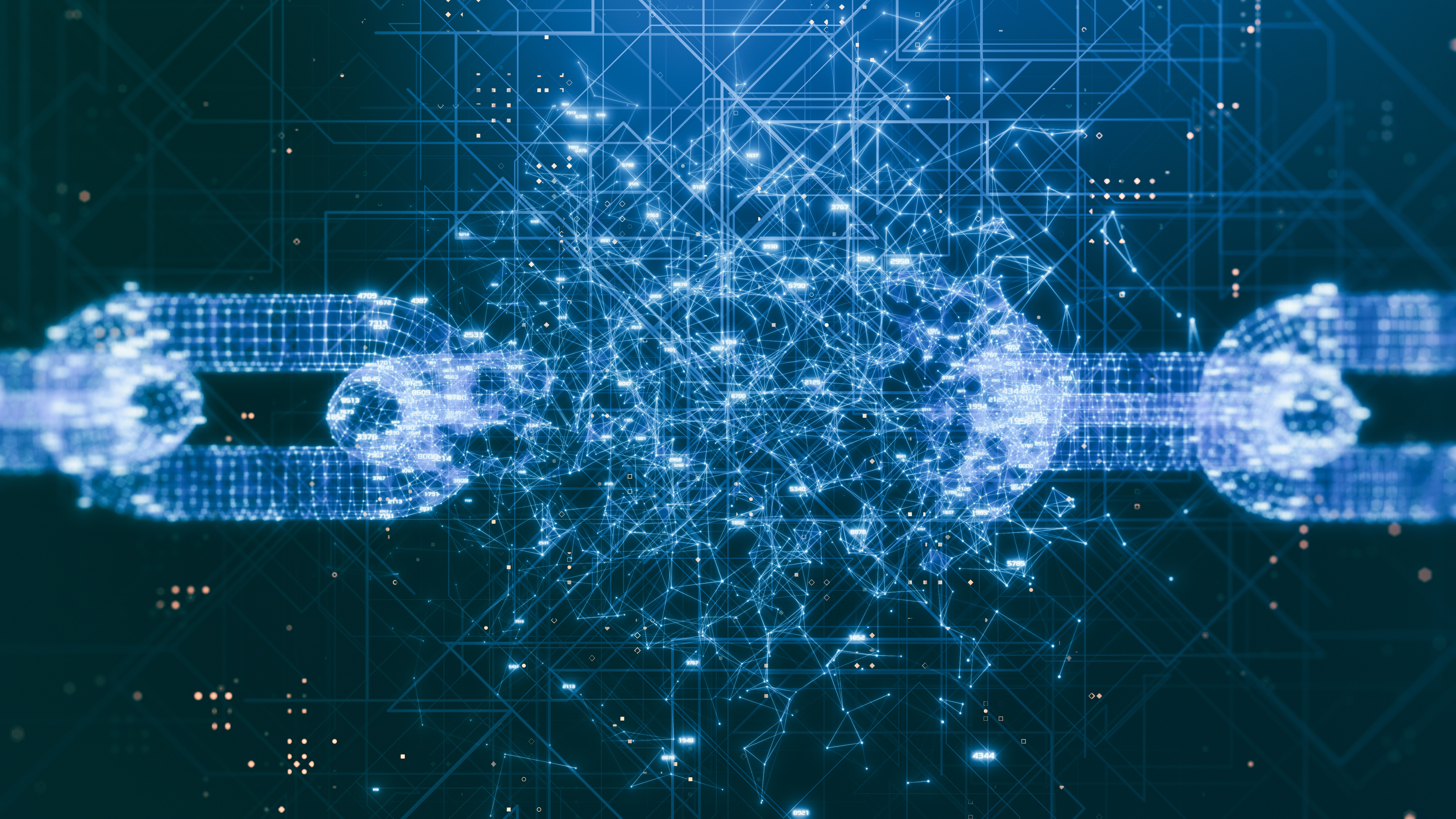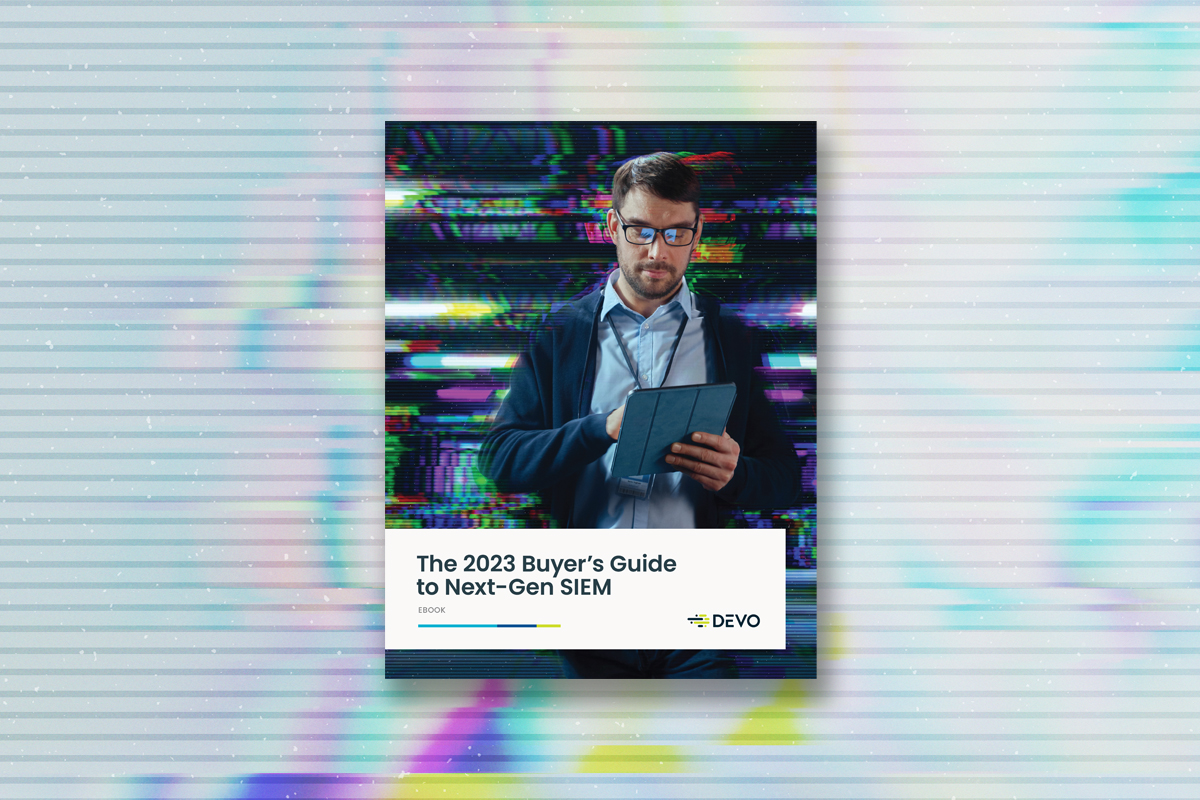
Staying ahead of the cybersecurity curve can feel like running a marathon uphill, and the right SIEM is key to leveling the playing field. Smarter SIEM solutions have emerged from the cloud to address the changing demands of today’s security operations. Unlike legacy SIEMs, which were designed for on-premises deployments and have limited scalability, more innovative next-gen solutions offer cloud-native SaaS models that provide greater flexibility and scalability. Unfortunately for CISOs, some sneaky legacy SIEMs are posing as modern solutions. These tips will help you determine which SIEMs are the real deal.
A SaaS Deployment Model
Legacy SIEMs are typically deployed on-premises, which limits scalability and requires significant administrative overhead. On the other hand, smarter SIEMs are delivered through SaaS models, leveraging the elasticity of the cloud to provide on-demand compute, memory, and storage resources. This enables organizations to collect and retain more data, search more frequently, and achieve greater visibility into their attack surface.
Spot the Imposter: Many Legacy SIEMs were built to deploy on-prem but now offer “cloud” solutions. If the SIEM can still be deployed on-prem, chances are it’s a legacy SIEM posing as a next-gen SIEM.
Built for SIEM-depedence
Legacy SIEMs often have a modular architecture and require add-on components for specific functionalities, resulting in a disjointed workflow for analysts. In contrast, smarter SIEMs have a complete and open architecture that integrates all functionalities, such as machine learning, data visualization, and analytics, into a single user interface. This streamlined approach enables analysts to work more efficiently and effectively, with improved collaboration and data correlation.
Modern SIEMs prioritize open integration and provide flexible APIs to integrate with other solutions seamlessly. Unlike legacy SIEMs that may limit integrations with outside vendors, these leading-edge platforms enable organizations to bring in data from multiple sources and leverage threat intelligence feeds for enriched context and better detection capabilities.
Spot the Imposter: Legacy SIEMs want to lock you in a walled garden—they want you to use their suite of tools exclusively to get the best results.
Smart Parsing and Storage
Legacy SIEMs must parse and index data at ingest time, leading to alert lag and slow searches during data spikes. In contrast, modern SIEMs store data raw for instant searchability and parse on query to eliminate delays. They also leverage single storage systems, compress data to optimize storage space, and provide efficient search performance for both recent and historical data.
Spot the Imposter: If you are waiting on your SIEM to index data before you get alerts, it’s a legacy SIEM!
Data Enrichment and Threat Intelligence
Next-gen SIEMs offer flexible data enrichment capabilities, allowing organizations to add contextual information to their log data. This enrichment enables analysts to make faster and more informed decisions. They also provide integrated threat intelligence platforms, eliminating the need for separate solutions and enabling SOC teams to stay up-to-date with the latest threat indicators.
Spot the Imposter: Legacy SIEMs will only offer threat intel with their own data sources. If you have specific attack vectors for your industry, you’re up a creek without a paddle.
Analyst Workflow Acceleration
Next-gen SIEMs prioritize enhancing the workflow of SOC analysts by providing a single user interface that consolidates all information and tools needed for investigations. This streamlined approach improves collaboration and accelerates incident response.
Spot the Imposter: If your analysts need to have multiple windows open and cut and paste between them, you’re looking at a legacy SIEM.
Choosing the Right SIEM
The right SIEM solution is crucial to a world-class cybersecurity strategy. When evaluating potential vendors, you must prioritize scalability, flexibility, and user-friendliness to mitigate risk and effectively protect your organization’s critical assets.If you’re looking for a comprehensive SIEM solution that ticks all the boxes, this Buyer’s Guide compares the top vendors and has all the information you need to spot imposters and make the right decision.
Frequently Asked Questions
Limited Scalability: Legacy SIEMs often struggle with scalability due to their on-premises deployment models. Even if they claim to offer cloud capabilities, they may not fully leverage the elasticity of the cloud. This can lead to performance issues during data spikes and limit the organization’s ability to handle growing volumes of data.
Fragmented Workflows: Legacy SIEMs typically have a modular architecture that requires multiple add-on components for different functionalities. This results in disjointed workflows where analysts must switch between various tools and interfaces, slowing down incident response times and reducing overall efficiency.
Poor Integration: These systems may have limited integration capabilities, often requiring proprietary solutions and hindering the ability to incorporate third-party tools and data sources. This walled garden approach can prevent organizations from leveraging the full spectrum of threat intelligence and contextual data needed for comprehensive security monitoring.
Slow Data Processing: Legacy SIEMs often parse and index data at ingest time, leading to delays in alerting and slow searches when data volumes spike. This can result in missed threats or delayed responses, compromising the organization’s ability to quickly detect and mitigate security incidents.
High Administrative Overhead: On-premises legacy SIEMs require significant administrative effort for maintenance, updates, and scaling. This adds to the operational burden on IT and security teams, diverting resources from more strategic security initiatives.
Inadequate Threat Intelligence: These systems may rely on their own limited threat intelligence feeds, lacking the flexibility to integrate more comprehensive and industry-specific threat intelligence sources. This can leave organizations blind to certain attack vectors and emerging threats.
Inflexible Data Enrichment: Limited data enrichment capabilities mean that analysts have to manually correlate and analyze raw log data, slowing down the decision-making process and increasing the likelihood of human error.
Unified User Interface: A single, intuitive interface that consolidates all necessary tools and data sources, minimizing the need for multiple windows and reducing cognitive load for analysts.
Automated Incident Response: Features like automated workflows and playbooks that standardize and expedite the incident response process, ensuring consistency and efficiency.
Integrated Case Management: Systems that enable analysts to track the progress of investigations, assign tasks, document findings, and generate reports within the same platform.
Flexible Data Enrichment: Capabilities that allow for dynamic enrichment of data with contextual information, such as geolocation, user details, and machine names, providing deeper insights without manual intervention.
Threat Intelligence Integration: Embedded threat intelligence platforms that provide up-to-date threat indicators and context, eliminating the need for external solutions and enabling faster threat detection and analysis.





